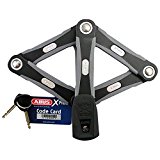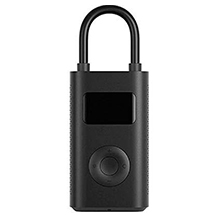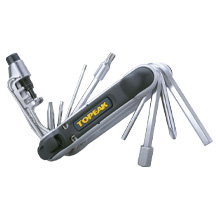Bike GPS tracker purchasing advice: how to choose the right product
- What You Need to Know
- With a GPS tracker, you have a good chance of recovering your stolen bike.
- The more inconspicuous a bicycle GPS tracker is, the harder it is for thieves to discover it.
- Many e-bikes are already equipped with a GPS tracker ex works.
- A bike GPS tracker should last as long as possible on one battery charge.
- Trackers that are charged via the dynamo or the e-bike battery are a convenient alternative.
Satellite tracking for stolen bikes
Imagine your bicycle is gone; probably a thief has snatched it. As soon as you notice the theft, you go to your command centre and set a satellite to find your vehicle. Within minutes you have pinpointed its whereabouts to within a few metres. Now all it takes is a call to the police to recover your noble pedal steed.
What sounds like science fiction is already reality today. However, no one needs a command centre and their own satellite for this. An inexpensive GPS tracker is enough to recover stolen bikes. Many high-quality e-bikes and pedelecs are already equipped with this technology ex works, but all other bicycles do not have to do without it. A bicycle GPS tracker can be retrofitted relatively easily and inexpensively.
How a GPS tracker works
GPS trackers use the same technology as GPS navigation devices, but they are much smaller and simpler. As a rule, they do not have a screen or memory for map material. However, a receiver for the signals of the Global Positioning System (GPS) satellites is always on board, which makes it possible to determine the location with an accuracy of a few metres. In addition, GPS trackers are usually equipped with a mobile phone module to enable the owner to query the location data remotely.
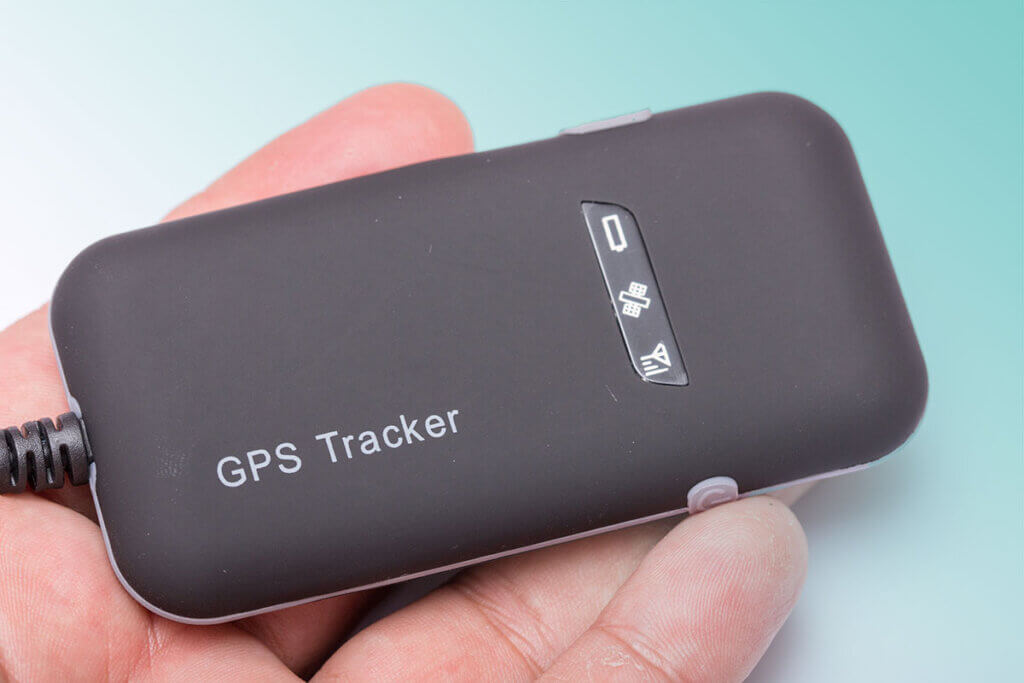
Simpler trackers announce their coordinates via SMS, better ones send the data to a server of the manufacturer. In the latter case, operation is convenient via web interface or app, users can see on a map where their bike or the tracker is currently located.
The bike GPS tracker as a supplementary security measure
The idea of being able to locate your bike at any time is fascinating. However, a GPS tracker does not prevent theft. It only increases the chances of getting the bike back if it is stolen. A GPS tracker can therefore be a useful addition, but it cannot replace theft protection. First invest in a good lock and always connect it to a stable object firmly anchored to the ground.
It also makes sense to have the bicycle frame coded. It makes your bike unattractive to thieves because coded bikes are difficult to resell. If your bike is stolen anyway, you have a better chance of getting it back with the number punched into the frame. With the coding, the bike is clearly marked as your property – if it is seized as stolen property, it is therefore easy for the police to find the owner.
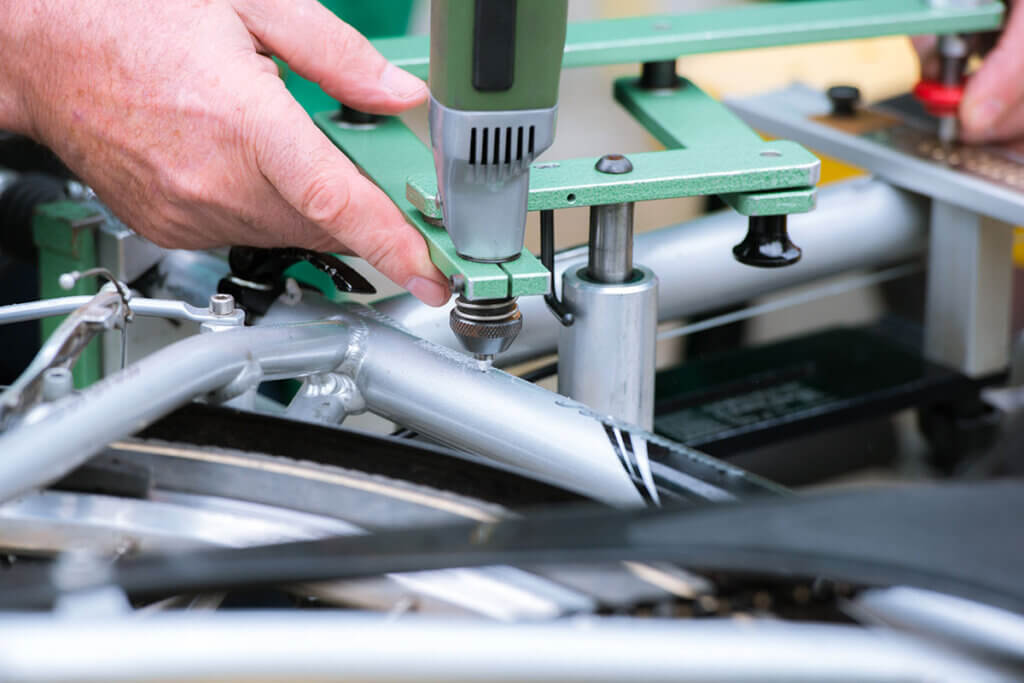
Whether a GPS tracker is also useful depends above all on the price of the bike and your usage behaviour. For a stationary bike that is decades old, the investment in a GPS tracker is hardly worthwhile, the bike is simply no longer worth enough for that. For a racing bike that is only used for sport at the weekend and that otherwise spends its time safely stored within its own four walls, a tracker is also rather a superfluous precautionary measure. The chance of it being stolen is small.
For a reasonably valuable bike that is ridden a lot in everyday life, however, a GPS tracker is a sensible additional security measure. Trackers with a mobile phone connection are already available for relatively little money, and with a well-chosen prepaid SIM card the running costs also remain low.
With SIM card or without?
GPS trackers for bicycles are available both with and without a mobile phone module. To use the mobile phone module, however, the devices need a SIM card and thus a mobile phone tariff. This results in ongoing costs. This makes tracking devices that do not require a SIM card look attractive. However, the usefulness of these devices is limited. They do respond with an alarm signal if the bike is removed from a predefined zone, but without a mobile phone connection it is impossible to retrieve the location from a smartphone or computer. Thus, they bring little more than other alarm devices, such as motion detectors. They are of no help in tracking down a stolen bicycle.
What are the costs of a mobile phone plan for a bicycle GPS tracker?
If you want to have a good chance of finding your stolen bike, you can’t get around a GPS tracker with a mobile phone connection. The fact that this requires a separate mobile phone contract may be off-putting at first. After all, standard mobile phone contracts cost 20 to 30 euros or more per month. However, you don’t need a flat rate for a GPS tracker like you do for your smartphone. After all, the mobile phone connection is very rarely used – only if the bike gets lost does it need to work. Normally, you only need to invest a low single-digit euro amount per month to provide your tracker with a mobile phone connection.
You have a particularly wide choice with a tracker with SMS-based tracking. You don’t need a data plan for this. You can use almost any prepaid SIM card without a basic fee. Then you only pay when the tracker sends you an SMS for tracking or configuration, usually around 9 cents per message.
You can also use prepaid tariffs for a tracker that uses the internet for communication. With many providers, it is possible to book data volume as needed. When doing so, look for small, inexpensive data packages. The GPS tracker does not send gigabytes of data over the air. A data package with perhaps 100 megabytes for 2 to 3 euros is quite sufficient.
Bear in mind, however, that with most providers the number is deleted without regular recharges. It is usual to have to top up 20 euros at least every 6 months. This means that the mobile phone connection for the GPS tracker costs at least 40 euros a year.
Tracker and mobile phone plan as an all-round carefree package
Bicycle GPS trackers sold together with a prepaid mobile phone plan are particularly convenient. For example, I LOCK IT offers a spoke lock with an integrated GPS tracker that includes the data connection for two years in advance with the purchase price. After that, each additional month costs 2.90 euros. So there are no more costs than when using a usual prepaid tariff. There are several similar offers on the market, for example from PowerUnity with the BikeTrax tracker or from the brand IT’S MY BIKE.
The provider velocate goes even further. Its rear light with integrated GPS tracker includes a lifetime service fee. The user pays a one-time purchase price of around 200 euros, there are no ongoing costs. velocate has protected itself against misuse in several ways: The tracker does not come with an exchangeable SIM card, but with a permanently installed M2M chip. This prevents the data tariff from being misused by another device. In addition, you can’t track your bike at will, but only to find it again after theft. And finally, velocate understands “lifetime” to mean the time until support for the product is discontinued. When this is discontinued is solely up to the provider.

Bicycle GPS trackers abroad
One good thing is that thanks to EU directives, roaming charges are no longer due within the EU. Whether it’s SMS or data connection: a short trip abroad doesn’t cost anything extra – even if your bike makes off across the border without you. In non-European countries, however, roaming charges still apply. But even in this case you don’t have to be afraid of exploding costs. After all, with a prepaid card, you can only use as much credit as you have charged.
How the GPS tracker protects your bike
Tracking is the eponymous main function of every GPS tracker. However, many bike GPS trackers also have special functions that increase safety even more.
Geofencing
With geofencing, you define a radius that the bike is not allowed to leave, a virtual fence, so to speak. If the bike leaves this radius, you receive an alarm on your smartphone. This way, you will quickly notice a theft and can immediately notify the police.
Alarm function
In addition to the alarm of the geofencing function, some trackers can also trigger an alarm as soon as the bike is moved thanks to an integrated motion detector. This alarm is usually not limited to a text message or notification of the owner via app: a loud alarm siren alerts bystanders to the bicycle theft – or at least gets on the thief’s nerves. However, this means that the bike tracker loses its greatest strength, its inconspicuousness. If a thief becomes aware of the tracking device, he might remove it. Then you might find the tracker again, but not your bike.
Bluetooth
A major disadvantage of the GPS system is that the reception of satellite signals is susceptible to interference. If the thief stashes your bike in a cellar, for example, there is hardly any chance of locating it. Sometimes a narrow ravine is enough to interrupt contact with the satellite. For such cases, some GPS trackers rely on the Bluetooth radio connection. Although a Bluetooth signal only reaches a few metres, it can sometimes be received even if the GPS signal is blocked. So if it is not possible to locate your bike, you can go to the last tracked position and search for your bike there via Bluetooth. If your smartphone receives the Bluetooth signal from the tracker, you know that your bike is nearby.
Bicycle GPS trackers have a fundamental problem: as soon as a thief discovers them, he can remove or deactivate them with more or less effort. The manufacturers counter this mainly by camouflaging their trackers as well as possible. So if you want to find your bike, you should hide the tracker well. In the minority are devices that are barely camouflaged but are mounted in such a way that they are difficult to remove without damaging the bike.
Hidden trackers
Two places in particular have become established as hiding places for trackers: the seat tube and the rear light. A tracker that is hidden in the seat tube is absolutely invisible from the outside. A thief would have to remove the seat post to discover the tracker. But if he does, he is sure to find it.
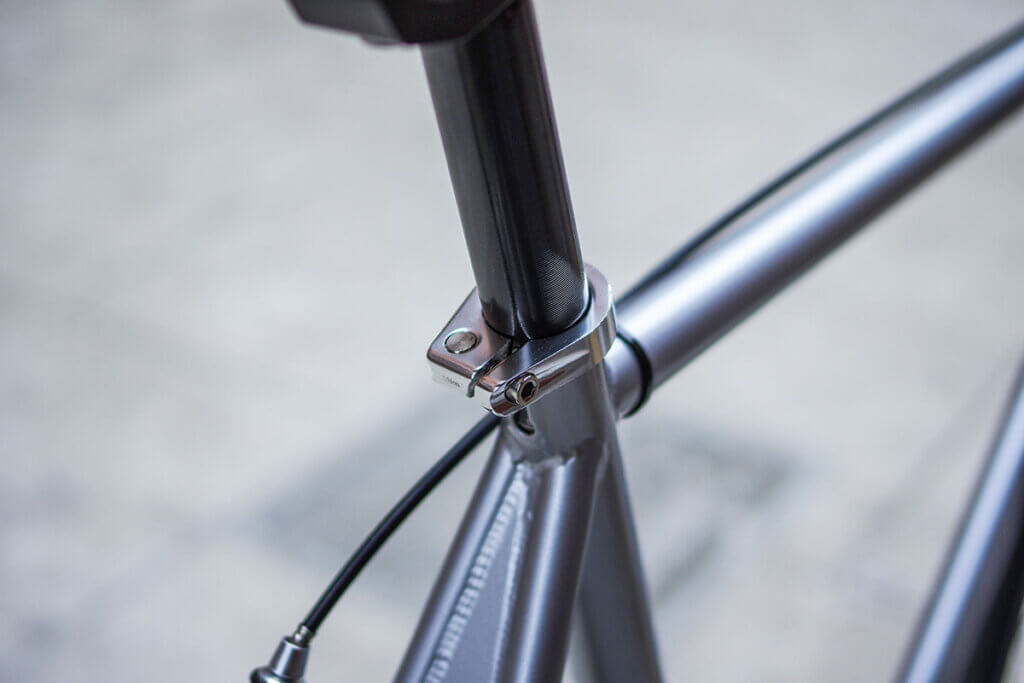
Rear lights with integrated GPS trackers are available in a wide variety of designs. Cheaper devices are usually conspicuous by their size alone; an attentive bike thief can also recognise them by the SIM card slot and possibly even by the tracker’s electronics, which shine through the red acrylic glass of the rear light. Better versions are virtually indistinguishable from a regular rear light, and some manufacturers even build their trackers into standard rear lights.
Permanently installed trackers
Some e-bikes are equipped with GPS trackers permanently integrated into the bottom bracket. To remove such a tracker, you need special tools and must first find it, because these trackers are also rather inconspicuous. As a rule, such a GPS tracker cannot be retrofitted.
The spoke lock with GPS tracker from I LOCK IT, on the other hand, can be retrofitted. It sounds a loud alarm as soon as a thief tampers with the bicycle. Although it is not impossible to destroy or dismantle it, it is certainly not easy. The annoying alarm sound alone is likely to dissuade many thieves from doing so.
Waterproofing
GPS trackers remain permanently on the bicycle and are therefore exposed to harmful environmental influences. The only exceptions are GPS trackers that are hidden in the seat tube; they are well encapsulated. All others should be able to withstand an occasional downpour and should not be put out of action by dirt from the road. Therefore, make sure that the unit is marked with the IP code IP67. It means that it is protected from dust ingress and that it does not mind temporary immersion in water. A bike GPS tracker protected in this way is best suited for outdoor use.
Power supply
The power supply is a critical point for a bicycle GPS tracker. If you have to remove the device and recharge it too often, the safety measure quickly becomes a drag. There is a high risk that the battery will run out just when the bike is stolen – in that case you would have had nothing from the tracker but trouble. Fortunately, trackers with exceptionally long battery life are available. There are even models where you don’t have to worry about charging at all.
Battery life
Battery life varies widely among cycling GPS trackers. It ranges from a few days to half a year. GPS trackers that are designed for installation in the seat tube usually have the longest battery life. There is enough space for a large battery. Trackers that are disguised as another component, such as a rear light or a spoke lock, last less long. They cannot have too large a battery, as this would increase their volume in a conspicuous way.
Easy maintenance
The ideal bicycle GPS tracker is well hidden and not easy to remove. However, these two goals stand in the way of easy maintenance. You will usually need at least a screwdriver to dismantle the tracker for charging. Models that can be removed by hand without tools, such as some rear lights with GPS trackers, are convenient for the user, but a thief can also easily get rid of them. This makes a long battery life all the more important. If charging involves some effort, it should be necessary as rarely as possible.
Connecting to the dynamo or battery of the e-bike
An elegant solution to the problem of charging are bike GPS trackers that are connected to the bike’s power supply. Once they are installed, the rider can forget that he has a GPS tracker at all until the bike is eventually stolen. This is usually the case with factory-installed GPS trackers on e-bikes. They charge their batteries with the power from the main battery. As long as the e-bike is ridden regularly, their power supply is thus guaranteed.
But many modern bikes without an auxiliary motor also have a reliable power source in the form of a hub dynamo. This small generator in the hub of the front wheel always produces electricity when the bike is in motion. At night it is used for the lights, during the day it can charge a GPS tracker. However, the installation of bicycle GPS trackers with a dynamo connection is more complicated than that of purely battery-powered models. If you don’t know exactly what you’re doing, it’s better to leave this work to a bicycle repair shop.
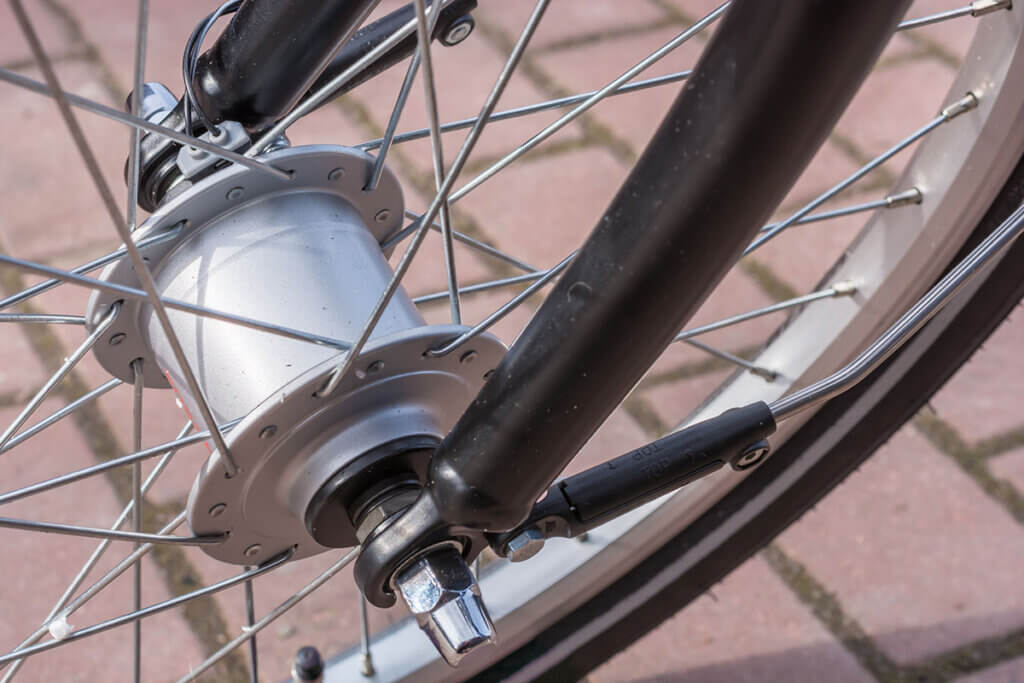
Legal, illegal, doesn’t matter
It goes without saying that you should only attach a GPS tracker to your own bicycle. Apart from that, the use of GPS tracking devices available in Germany is usually legal.
However, there is one exception: since 2018, it has been prohibited to use or even possess GPS trackers with built-in microphones; they are considered prohibited eavesdropping devices. Since the law is relatively new, there may still be some such trackers on the market. It is strongly advised not to buy them. Special caution should also be exercised when buying trackers from foreign webshops. The sellers are usually not very interested in the legal situation in the country of destination, so there is a risk of inadvertently buying an illegal tracker. If this does not already lead to trouble with customs, you could be in trouble at the latest when the police find your stolen bike thanks to the tracker.
Fig. 1: © zlajaphoto / adobe.stock.com | Fig. 2: © mirkograul / adobe.stock.com | Fig. 3: © Glaser / adobe.stock.com | Fig. 4: © Steven / adobe.stock.com | Fig. 5: © Ralf Geithe / adobe.stock.com

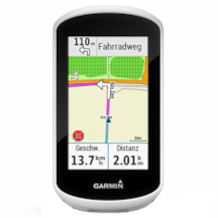
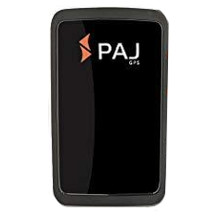
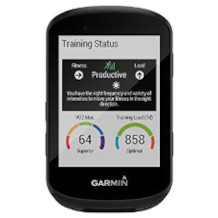


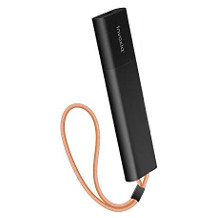




 3,720 reviews
3,720 reviews



